Creating garden terraces is an excellent way to transform sloped or uneven areas into usable, visually appealing spaces. By building terraces, you can control erosion, improve water retention, and create the ideal environment for growing plants.
Whether you’re looking to enhance the beauty of your garden or make the most of challenging terrain, this guide on how to build garden terraces will walk you through the essential steps to design and construct your own garden terraces.
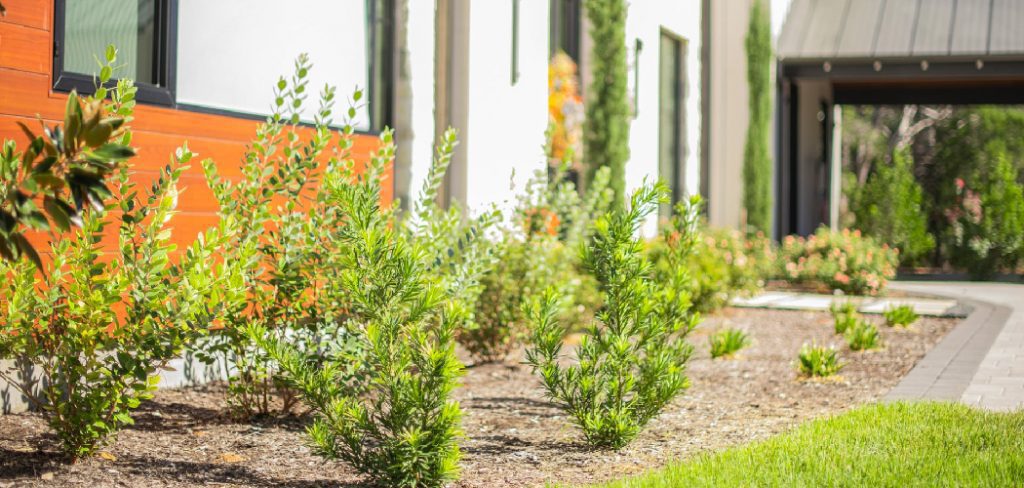
Why Build Garden Terraces?
There are several benefits to building garden terraces, including:
Controlling Erosion:
Garden terraces help to prevent soil from washing away on sloped areas. By creating flat surfaces, you can slow down the flow of water and keep your soil in place. This is especially important for gardens located on hillsides or near bodies of water.
Improving Water Retention:
Terraced gardens allow for better water retention, as the flat surfaces help to evenly distribute moisture throughout each level. This can be particularly beneficial in dry climates where water conservation is a priority.
Creating More Growing Space:
By building terraces, you can maximize your growing space and make use of areas that were previously unusable. This is especially useful for small gardens or yards with limited space.
8 Step-by-step Guidelines on How to Build Garden Terraces
Step 1: Gather the Necessary Materials
To build garden terraces, you’ll need several essential materials, including:
- Shovels and spades for digging
- Wheelbarrow for transporting soil and materials
- Leveling tools such as a carpenter’s level or string level
- Garden stakes to mark out your terrace levels
- Retaining wall blocks or timbers (depending on your design)
- Gravel or crushed stone for drainage purposes
- Soil appropriate for planting in your chosen location.
Make sure to gather all the necessary materials before beginning your project.
Step 2: Plan Your Garden Terrace Design
Before you begin building, it’s essential to carefully plan your garden terrace design. Start by assessing the slope or uneven area where you intend to construct the terraces. Measure the dimensions of the space and determine how many terrace levels you’ll need to create a stable, functional layout.
Consider the purpose of your terraces—whether you’ll use them for ornamental plants, vegetables, or landscaping—to guide your design choices. Sketch out a basic blueprint, including the approximate height and width of each terrace, pathways, and any additional features, such as retaining walls or drainage systems. A well-thought-out plan will save time and ensure a successful build.
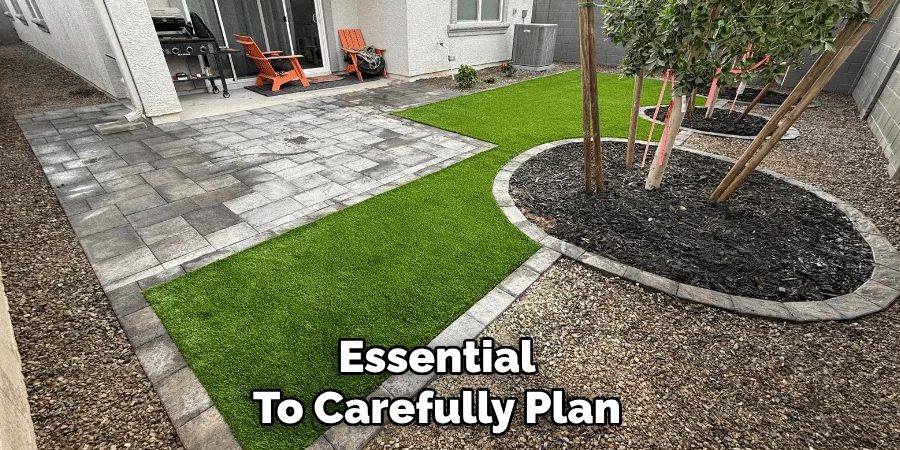
Step 3: Prepare the Area
Once you have your design and materials ready, it’s time to prepare the area for building the terraces. Start by clearing the designated space of any debris, rocks, or vegetation that might interfere with construction. Use garden stakes and string to mark the outline of each terrace level based on your blueprint. This will help you visualize the layout and ensure accuracy as you work.
Next, begin digging trenches along the marked lines to create a stable foundation for your retaining walls or terrace edges. Ensure that each trench is level to provide a secure base and prevent future shifting. If the soil is loose or unstable, you may need to compact it with a tamper for added stability. Preparing the area thoroughly will set a strong foundation for your terraces and contribute to a successful outcome.
Step 4: Install Retaining Walls or Edging
Once the trenches are dug and leveled, you can begin installing your chosen retaining wall blocks or edging materials. These will hold your soil in place and prevent erosion. Depending on your design, you may need to cut some blocks or timbers to fit properly. Make sure that each level is firmly secured before moving on to the next step.
The retaining walls or edging should be level and in line with your garden stakes and string to ensure a consistent, visually appealing design.
Step 5: Create Drainage
Proper drainage is crucial for the health of your plants and the stability of your terraces. To achieve adequate drainage, you can add gravel or crushed stone to each terrace level before filling it with soil. This will help water flow freely through the layers and prevent water buildup that could cause erosion or damage to your plants.
You can also consider adding a drainage system, such as perforated pipes or French drains, to further improve drainage and prevent water from pooling in your terraces.
Step 6: Fill with Soil
Once your retaining walls and drainage are in place, it’s time to fill each terrace level with soil. Use high-quality soil suitable for the plants you intend to grow at each level. Make sure to pack the soil firmly but not too tightly to allow for proper root growth and moisture retention.
As you add soil, periodically check that each level is still level and adjust as needed. This will ensure an even distribution of weight and prevent any future shifting or erosion.
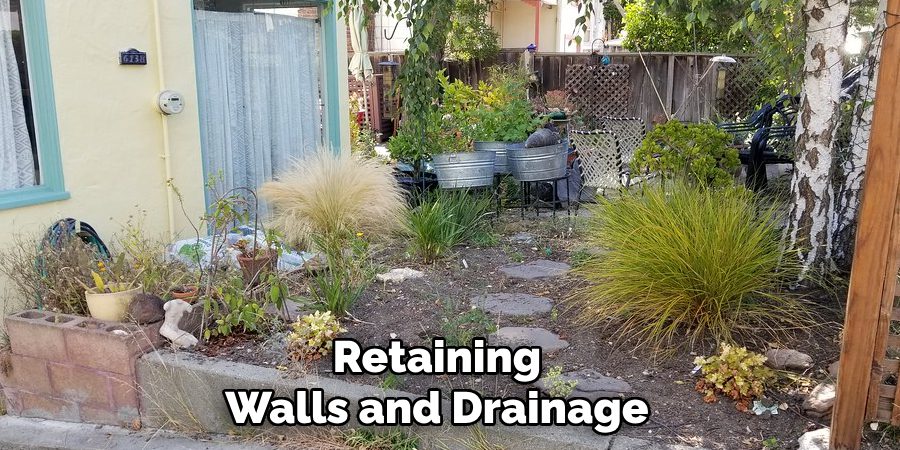
Step 7: Add Finishing Touches
With the terraces constructed and filled with soil, you can now add the finishing touches to complete your garden terrace project. This could include adding landscape fabric to prevent weeds, building additional features like seating or raised beds, or planting your desired plants.
Take some time to carefully arrange and plant your chosen vegetation, making sure to leave enough space for growth and proper airflow. Adding mulch on top of the soil can also help with water retention and weed control.
Step 8: Maintain Your Garden Terraces
Maintaining your garden terraces is essential for their longevity and success. Regularly check for any signs of erosion or shifting and make any necessary adjustments. Keep an eye on the drainage system and make sure it’s functioning correctly.
Also, be diligent about watering and caring for your plants to ensure their growth and health. Regularly adding compost or fertilizer can also benefit the soil in your terraces. With proper maintenance, your garden terraces will provide a beautiful and functional addition to your outdoor space for years to come.
Following these step-by-step guidelines on how to build garden terraces will help you create a successful garden terrace project that maximizes your limited space and provides a beautiful and functional outdoor area for gardening. Enjoy the process, and don’t be afraid to make adjustments or get creative with your design to make it truly unique to your space. Happy building!
Additional Benefits of Garden Terraces
Improved Accessibility:
Terraced gardens can be easier to navigate compared to traditional sloping landscapes, making it easier for individuals with mobility issues or disabilities to enjoy gardening and outdoor activities.
Increased Greenery:
By utilizing vertical space, garden terraces can provide more greenery and vegetation in a limited area, promoting biodiversity and providing habitats for beneficial insects and wildlife.
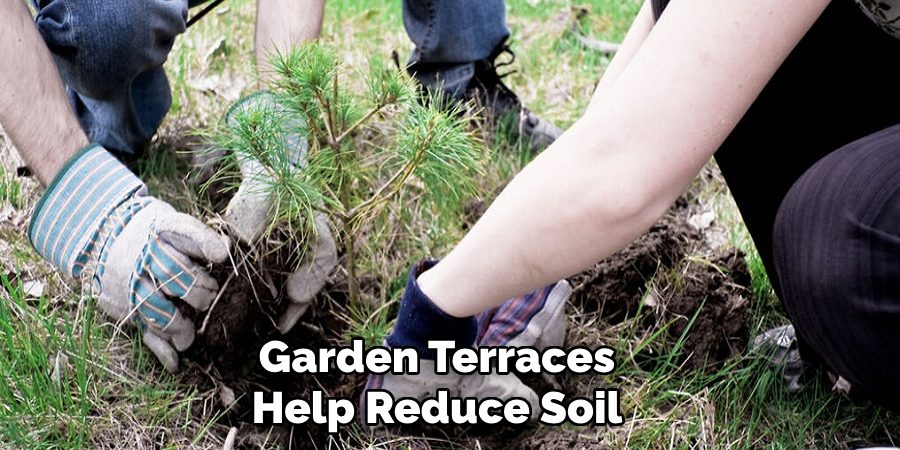
Soil Conservation:
Garden terraces help reduce soil erosion by slowing down the flow of water and preventing it from washing away valuable topsoil. This is especially important in sloped areas where runoff can be a major issue.
Aesthetic Appeal:
Terraced gardens can add dimension to your outdoor space, creating a visually appealing focal point. With careful planning and design, they can also enhance the overall aesthetic of your landscape.
Multiple Uses:
Garden terraces can be used not only for gardening but also for other purposes such as outdoor seating areas, entertaining spaces, or even as a space to grow herbs and vegetables. The possibilities are endless with a well-designed terrace garden.
Environmental Benefits:
Garden terraces can help mitigate the effects of urbanization by providing green space and reducing heat buildup in built-up areas. They also contribute to better air quality by absorbing pollutants and releasing oxygen into the environment.
Frequently Asked Questions
Q1: Can I Build Garden Terraces on Any Slope?
A: Yes, you can build garden terraces on slopes of varying degrees. However, the steeper the slope, the more challenging it may be to create and maintain terraces. It is essential to consider factors such as soil stability, drainage, and accessibility before starting your project.
Q2: What Are the Best Plants to Grow in Garden Terraces?
A: The best plants for garden terraces depend on various factors such as sunlight exposure, soil type, and climate. Some popular options include annuals, perennials, herbs, fruits, and vegetables. It’s important to research the specific needs of each plant and choose ones that are suitable for your terrace’s location and conditions.
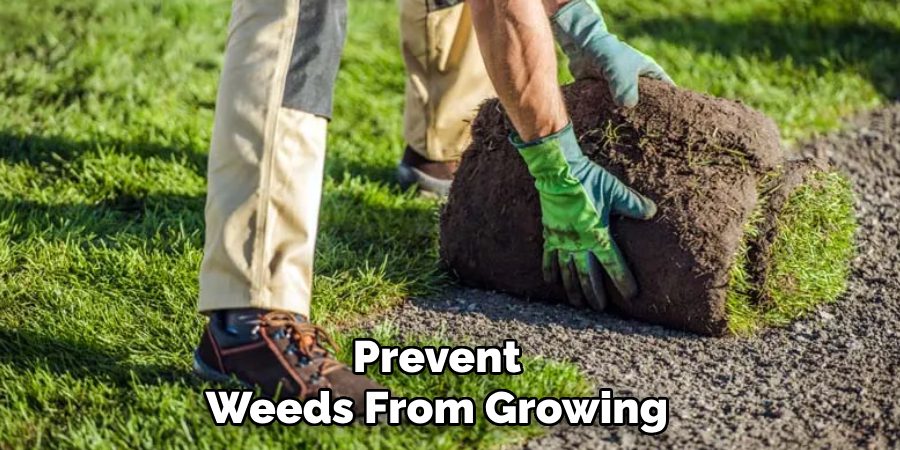
Q3: How Do I Prevent Weeds in My Garden Terraces?
A: To prevent weeds from growing in your garden terraces, you can use landscape fabric or mulch on top of the soil. Regularly removing any weeds that do sprout and using organic methods of weed control, such as hand-pulling or vinegar-based solutions, can also help keep your terraces weed-free. Additionally, planting dense ground cover plants can help prevent weeds from taking root. Consider using a combination of these methods for optimal weed prevention.
Q4: Can I Incorporate Water Features in My Garden Terraces?
A: Yes, you can incorporate water features such as ponds or fountains into your garden terraces. However, it’s important to consider the weight and stability of these features and ensure they are properly supported by the retaining walls and drainage systems in place. It’s also crucial to regularly maintain and clean these water features to prevent any potential issues or damage. Consider consulting a professional for assistance in incorporating water features into your garden terraces.
Conclusion
Garden terraces are a versatile and rewarding addition to any outdoor space, offering a blend of functionality, sustainability, and beauty.
By following the outlined steps on how to build garden terraces, you can successfully plan, construct, and maintain terraces that meet your specific needs while enhancing your landscape. Whether you’re looking to prevent soil erosion, optimize space for growing plants, or simply add an aesthetically pleasing feature to your yard, garden terraces provide ample opportunities for creativity and practical benefits.
With the additional environmental advantages they bring—such as biodiversity, better air quality, and green space enhancement—garden terraces are a valuable investment for both you and the planet. Start your project today and enjoy the fruits of your labor for years to come!
Professional Focus:
Arden Bernier is dedicated to exploring and advancing patio design and maintenance, combining practical knowledge with innovative solutions. Specializing in outdoor living spaces, he provides expert advice on patio fixes, landscaping, and sustainable outdoor design. With a focus on creating functional, aesthetic, and durable outdoor environments, Arden empowers homeowners to transform their patios into beautiful and relaxing retreats.
Vision:
To inspire and assist homeowners in creating functional, aesthetically pleasing outdoor spaces. Arden encourages creativity and practical problem-solving in patio design, making outdoor living more accessible and enjoyable for everyone.
Education:
- Bachelor of Arts (BA) in Environmental Design – University of California, Berkeley.
- Master of Science (MS) in Landscape Architecture – University of Southern California.
- Specialized training in sustainable landscape design, outdoor space planning, and eco-friendly materials.
Recognition:
- Author at PatioFixes.com, providing expert advice on patio maintenance and design.
- Featured in online platforms and home improvement blogs for valuable tips on patio fixes and outdoor living.
- Recognized for his contributions to making outdoor spaces more eco-friendly and sustainable.
Expertise:
Patio expert with a focus on creating functional, beautiful, and durable outdoor living spaces. Specialization includes:
- Patio design and construction
- Outdoor furniture and décor
- Landscaping and sustainable patio solutions
- Outdoor maintenance and repair techniques
